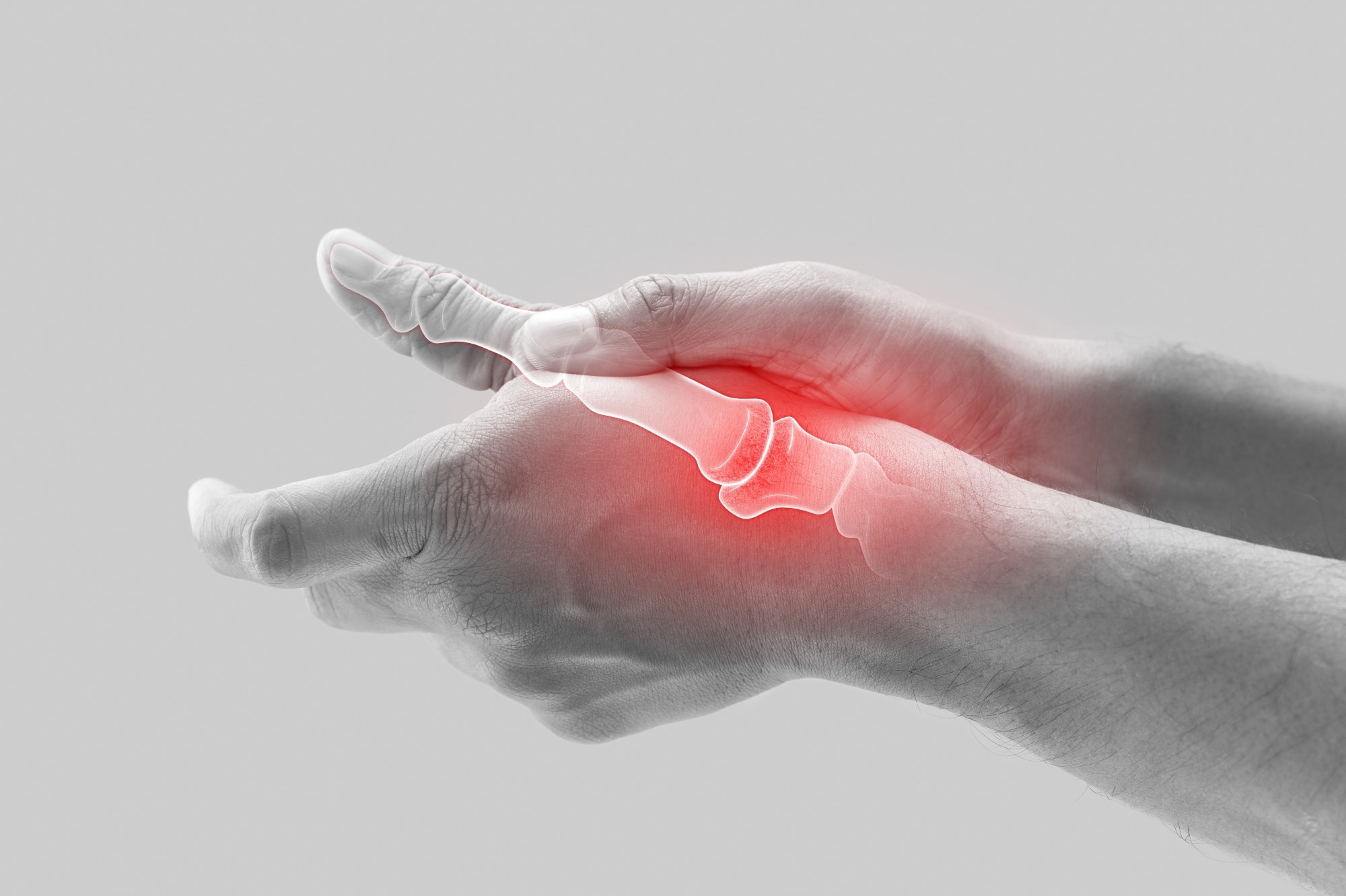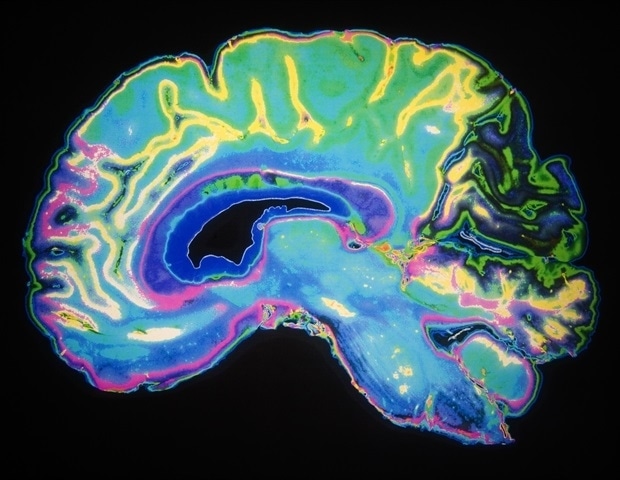Particle radioactivity, a characteristic of air pollution that reflects the colorless, odorless gas radon found in fine particulate matter (PM2.5) air pollution, enhances PM2.5 toxicity and increases risk of death from cardiovascular disease, especially from heart attack or stroke, according to new research published today in the Journal of the American Heart Association, an open access, peer-reviewed journal of the American Heart Association.
Previous scientific research has confirmed that PM2.5, a component of air pollution, causes cardiovascular disease and death, and that PM2.5 exposure is a modifiable cardiovascular disease risk factor. In 2021, the American Heart Association joined with three other leading cardiovascular organizations urging the medical community and health authorities to mitigate the impact of air pollution on people’s health. According to the statement, an estimated 6.7 million deaths in 2019, or 12 percent of all deaths worldwide, were attributable to outdoor or household air pollution. As many as half of these were due to cardiovascular disease. Air pollution also increases the risk of heart attack, stroke, diabetes and respiratory diseases.
Particle radioactivity is a characteristic of particulate matter that reflects radon, which primarily comes from radon gas, a radioactive, colorless and odorless gas. The particle radioactivity occurs naturally as a product of radioactive decay of uranium found in soil and rocks. Radon migrates into the atmosphere, decaying to alpha-, beta- and gamma-radiation-emitting isotopes.
We know that PM2.5 are very small particles in the air that can be inhaled and cause many health problems. However, little is known about which physical, chemical or biological properties of PM2.5 fuel its toxicity. We studied gross beta-activity, a property of fine particulate matter that is a result of radon that attaches to particles and makes them radioactive, resulting in particle radioactivity. When inhaled, these very small particles penetrate deeply into the lungs and enter the bloodstream and circulate throughout the body.”.
Shuxin Dong, S.M., study author, Ph.D. student in population health sciences, Harvard T.H. Chan School of Public Health, Boston
The researchers used spatiotemporal predictions of gross beta-activity, a way to use different variables across space and time, to provide refined predictions of exposure. Examining health records from more than 700,000 non-accidental deaths in Massachusetts between 2001 and 2015, they estimated how long-term (months/year) gross beta-activity exposure impacts death from cardiovascular disease, heart attack or stroke and death from all non-accidental causes. They also predicted PM2.5 on cardiovascular disease-related death and examined the interaction between PM2.5 and particle radioactivity.
The study found:
- Chronic particle radioactivity and PM2.5 exposure were similarly associated with increased risks of death from total cardiovascular disease, heart attack or stroke and all causes of non-accidental death.
- Based on the middle 50% of the data spread, particle radioactivity exposure alone was associated with a 16% increased risk of death from heart attack; an 11% increased risk of death from stroke; a 7% increased risk of death from all types of cardiovascular disease; and a 4% increased risk of death from all non-accidental causes.
- Based on the middle 50% of the data spread, PM2.5 exposure alone increased the risk of death from heart attack by 6%; death from stroke by 11%; death from all cardiovascular disease by 12%; and death from all non-accidental causes by 10%.
“The risk of death from cardiovascular disease, heart attack or stroke and all causes due to PM2.5 was higher and, therefore, more toxic when gross beta-activity levels were higher,” Dong said. “These findings suggest that particle radioactivity increases the risk of death from cardiovascular disease and enhances the damage from particulate matter. This must be further investigated and may lead to targeted, cost-effective air quality regulations.”
A study limitation is that the research was based on information from one state, Massachusetts, and therefore, the results may not be generalizable to the rest of the U.S.
Source:
American Heart Association
Journal reference:
Dong, S., et al. (2022) Synergistic Effects of Particle Radioactivity (Gross β Activity) and Particulate Matter ≤2.5μm Aerodynamic Diameter on Cardiovascular Disease Mortality. Journal of the American Heart Association. doi.org/10.1161/JAHA.121.025470.















